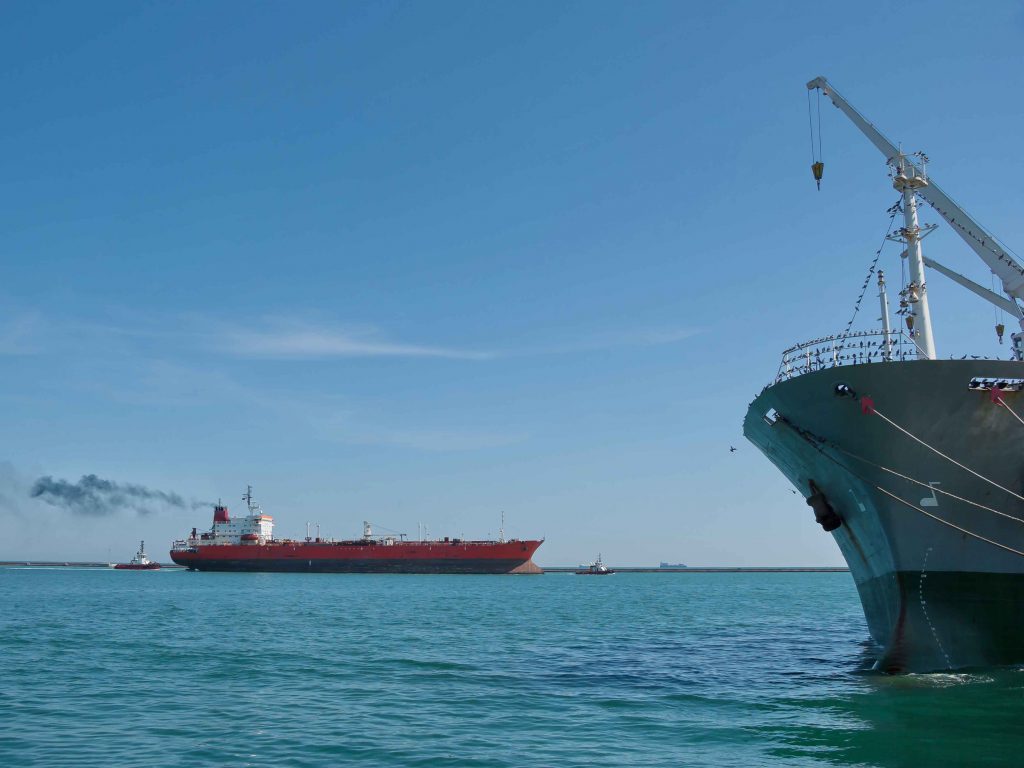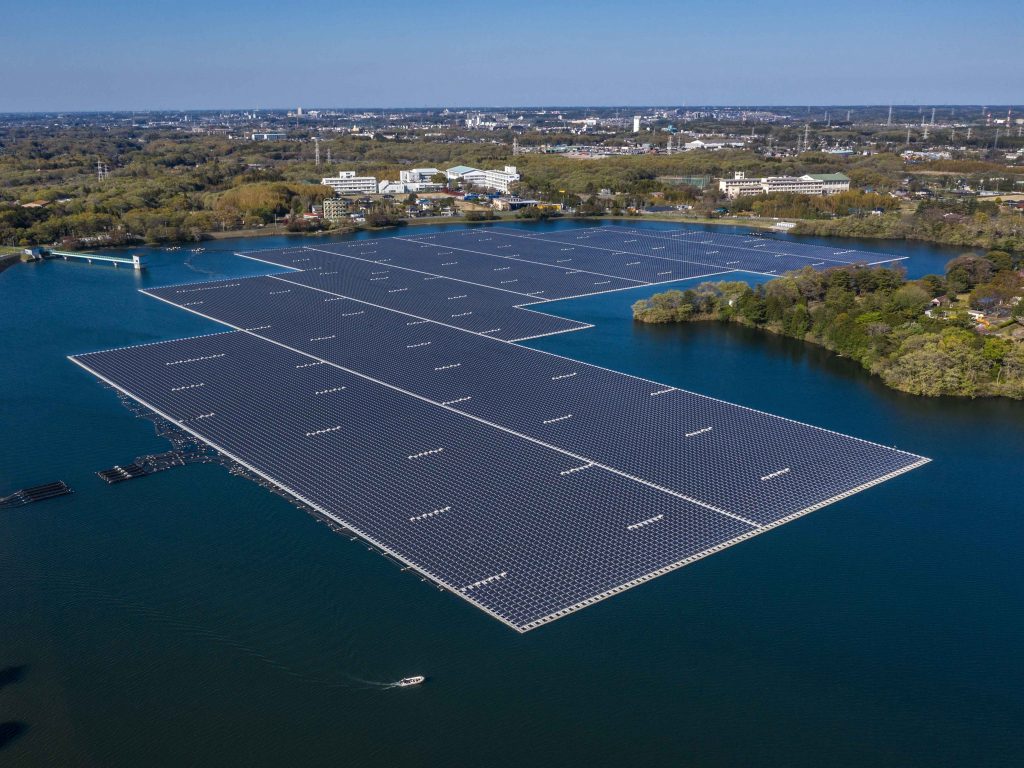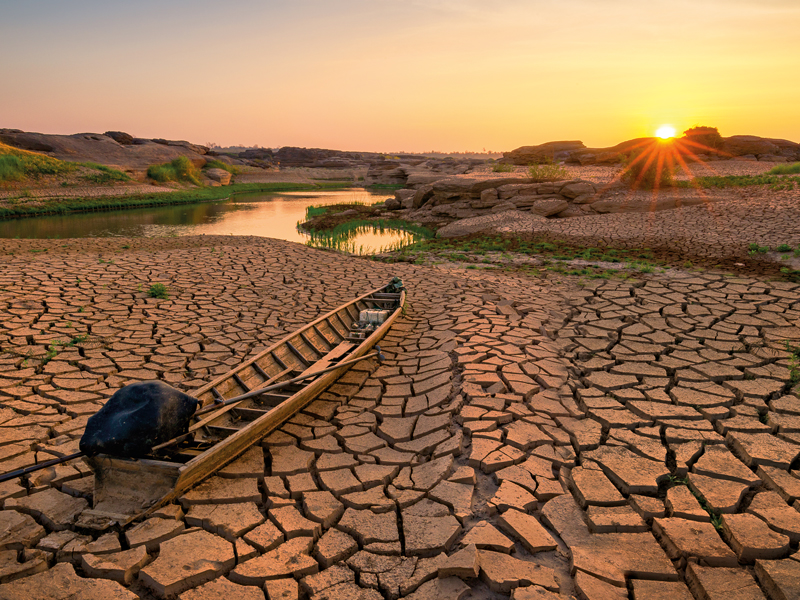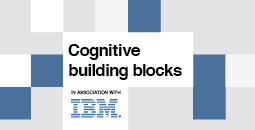Insurance industry battered
In Chester County, South Carolina, off a dirt road in the middle of a field, insurance companies are unleashing a storm
In Chester County, South Carolina, off a dirt road in the middle of a field, insurance companies are unleashing a storm
To simulate hurricane-like conditions, an industry group has built a wind tunnel big enough to accommodate nine large residential homes. Some 105 fans deliver gusts of 175 miles per hour, destroying dwellings built precisely for this purpose. The goal is to construct homes across the country that can withstand the worst Mother Nature has to offer, which lately has been quite a lot; damage which is tough if not impossible for insurers to predict.
“One thing we as a society don’t really do anymore is build for where we live. We build for how we want to live,” said Julie Rochman, chief executive of the Institute for Building and Home Safety, the industry-sponsored group behind the wind tunnel initiative. “There’s a wonderful ability to be living in denial and when disaster happened a long time ago we get disaster amnesia.”
It’s a tough time to be in the $500bn US property insurance business. Storms are happening in places they never happened before, at intensities they have never reached before and at times of year when they didn’t used to happen. These bizarre weather patterns damage not just homes but also insurance companies’ financials. If seas rise and houses flood, insurers pay. If winds shift and buildings blow down, they also pay. If temperatures rise and crops fail, same thing.
The industry hasn’t reached a consensus on what’s causing weird weather. “It’s hard to really deny that global warming exists,” said Karen Clark, chief executive of Boston-based Karen Clark & Co., which helps insurance companies forecast natural disasters. “You can accept that and that’s fine, but that doesn’t mean we can quantify the impacts.”
Others in the business are reluctant to assign blame to broader trends. “Our view would be it’s too early to come to a conclusion,” said Liam McGee, chief executive of the Hartford Financial Services Group. What no one disputes is that the storms the industry expects aren’t happening and the ones they don’t expect are hitting them hard.
The implications are profound for consumers as well as insurers. If storms of this force are now at risk of happening every 40 years or even every three, it is difficult to know how much property insurance should cost.
The last couple of months underscore just how much the climate seems to be changing. Queensland State in Australia has suffered a virtual apocalypse – flooding in December, flooding in January and tropical cyclones in February that inundated at least 30,000 homes and crippled the local coal industry.
Meanwhile in the US, snow fell on Christmas Day in a number of southern cities for the first time since at least the 1880s. Los Angeles got six months’ worth of rain in three weeks, causing some of the worst flooding in the state’s history. The New York metropolitan area had an unprecedented blizzard the day after Christmas and a month later got almost the same again, breaking historical records.
Private weather service AccuWeather, in a blog entry on its website two days before the Christmas blizzard in New York, asked its forecasters for their take on the sophisticated, expensive new computer models used to predict the path and behaviour of the storm.
The forecasters’ collective answer, according to the blog: “None of them are right.”
Building in bad places
Worldwide, insurers suffered at least $36bn in catastrophe losses in 2010, according to Swiss Re, the fourth-highest total of the last decade, and the highest if years with major hurricane landfalls are excluded. But this year, as with last year and the year before, what insurers are seeing is the unexpected. That means both storms going where they’re not supposed to as well as a spate of totally unexpected losses at entirely unpredicted times of year.
“Some people believe that is because weather patterns have changed. I happen to be in that camp,” said Tom Wilson, the chairman and chief executive of Allstate, the largest publicly traded property insurer in the country. “I just don’t think it should happen three years in a row.”
One of the biggest problems for insurers is that they have to insure increasingly valuable properties in risky areas that, by and large, are not being built with any disaster risk in mind. That in and of itself is steadily driving their risk up dramatically.
When an insurer writes a policy for a property, it takes various factors into account, such as the property’s location, its age, the propensity of the region it’s in to be affected by weather events and the potential cost of replacing the property if it is damaged or destroyed. Those criteria have largely stayed the same over the years, but what has changed is the value of the properties to be insured and the volume of them. People around the world love beachfront houses and developers love selling them.
The lack of data on how homes survive disasters drove IBHS, the industry-sponsored research centre, to create the South Carolina wind tunnel late last year to test how buildings hold up under extreme duress. “There has been research on wind damage to structures for several decades, but we as an industry hit a brick wall in not being able to do full scale testing,” said Anne Cope, the centre’s director of research.
The wind tunnel has enough space to hold up to nine 2,300 ft2 homes. When fully operational, the centre can test hurricane force winds, mixed with up to 8in. of water per hour of simulated rain. For heavily wooded areas, the tunnel has a fire pit, where hot embers can be sucked into the wind currents, simulating how wild fires spread from house to house.
Fear of the unknown
Weird weather has undermined many of the insurance industry’s assumptions. Some in the modelling business say the best they can do is to give their clients scenarios to pick from based on the client’s own belief about the evolution of the climate.
“The uncertainties are so large that a lot of our clients focus on the uncertainty they can handle and manage to, which is today’s risk,” said Peter Dailey, director of atmospheric science at AIR Worldwide.
Other modellers agree that what is changing is not the mathematics behind modelling, but the willingness of clients to accept their conclusions. “There’s a lot of science involved and there’s a lot of uncertainty involved. To the extent the models produce credible results, people use them. To the extent the models produce results that might not be consistent with peoples’ view of risk, they might not use them,” Eqecat’s Keogh said.
But ultimately, no model, no matter how good, can really tell an insurer exactly what a storm means for its business. “We shouldn’t kid ourselves that just capturing a better hurricane windfield gets you a better answer in terms of losses,” said Robert Muir-Wood, chief research officer of Risk Management Solutions.
There is enough confusion about changes in the environment that in 2010, the US Securities and Exchange Commission issued guidelines for public companies on climate change risk and how and when they have to disclose their exposure to investors.
One of the major changes in the new regime would force insurers to estimate their future liabilities from catastrophe losses each reporting period. In other words, an insurer would have to make its most educated guesses as to what catastrophes it expects to face, how bad they will be and how much they will cost the company.
A senior industry accountant posited the scenario of an insurer that is hours away from reporting its quarterly results when it hears that a tropical depression has formed in the Atlantic Ocean. Under the new rules, that company might have to re-do its entire reserves to account for the damages if that depression becomes a hurricane.













